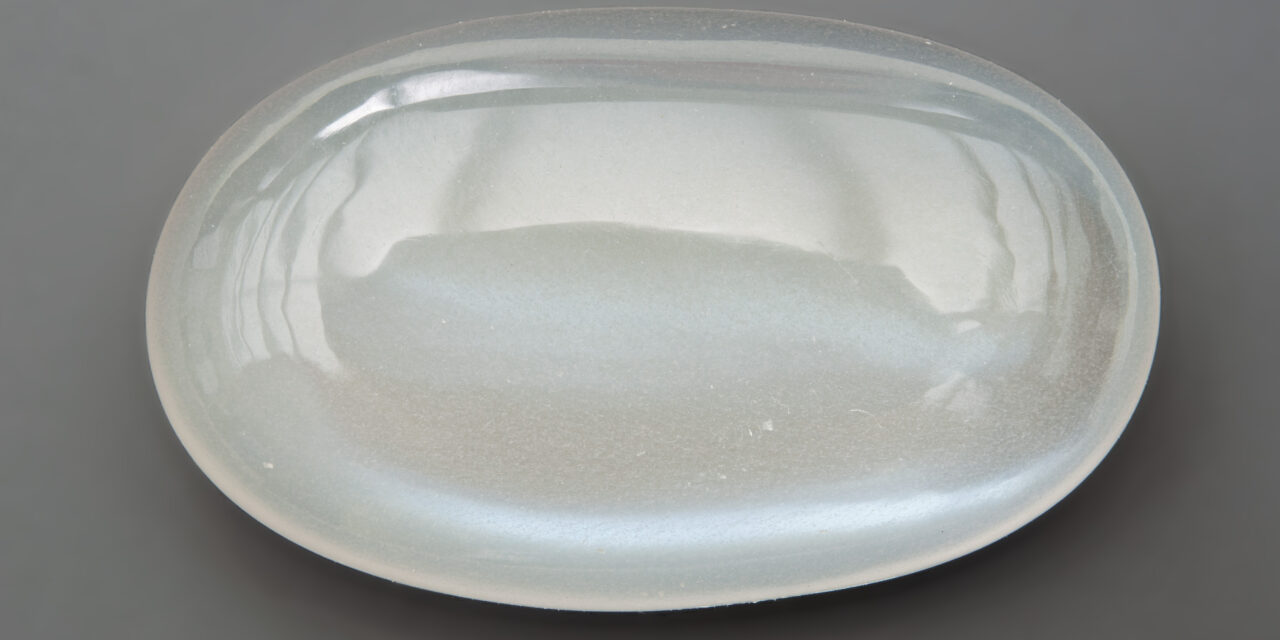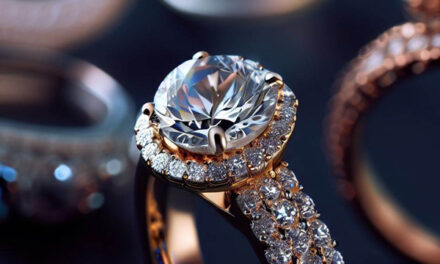Moonstone belongs to the family of orthoclase feldspars gemstones, which all display a pearl-like and opalescent lustre. Its alternative name is “hecatolite”. The visual effect of Moonstones is called adularescence and is caused by light falling through thin layers, which are formed from orthoclase and albite. The layers soften the light, allowing it to create a mesmerizing appearance.
Where are Moonstones mined?
The high-quality Moonstones are rarely mined in Sri Lanka and Southern India. Mines in Australia, Armenia, Brazil, Norway, Germany, Mexico and the United States also produce some varieties of this stunning gem. The rainbow variety, about which we will talk later, is mainly mined in India and Madagascar. Adula Mountains in Switzerland produce the most historically fascinating Moonstones.
Opalite vs Moonstone
The majority of people mistake Opalite for Moonstone. So how do they differ? Opalite is not natural – it is a glass made to look just like Opal or Moonstone. This feature makes it a cheap substitute for Moonstones. Some sellers even use fancy and eye-catching names, such as Opalite Moonstone or Quartz Moonstone, so watch out for that. To be sure you are buying an actual Moonstone, you can quickly tell them apart by looking at them – Moonstone is natural, so it has cracks and inclusions, and it is not almost entirely clear like Opalite is.
The colours of Moonstones
Moonstone comes in a wide range of colours, including white, grey, black, pink, peach, blue, green, rainbow and colourless. The clarity ranges from transparent to translucent, and the adularescence is usually white to a silver sheen. The colourless Moonstones can rarely create a fascinating blue adularescence, called “blue flash” or “blue sheen”.
Rainbow Moonstones appear in a spectrum of iridescent colours and are extremely rare. The rainbow effect is created by the reflection of light from the layers and inclusions. Labradorite, the feldspar mineral, is usually the source of this rainbow phenomenon, and although a Labradorite is technically not a moonstone, it is similar enough to be accepted by the world market of gemstones.
Blue Moonstones are transparent and clear. The most desirable gems are of the deepest blue colour. The largest and best-quality blue Moonstones are mainly mined in Myanmar, Burma.
The meaning and physical benefits of Moonstones
Based on its name, the Moonstone is strongly connected to the Moon and everything romantic and mystical. People have always associated these stunning gemstones with love, fertility, protection and intuition. So, what are Moonstones used for? Well, in the past centuries, women have worn Moonstones while travelling at night, staying at an unknown place or during childbirth to protect themselves from any harm and danger. Moonstone is also said to help with problems connected to the menstrual cycle, fertility and pregnancy. To men wearers, Moonstones benefit with fortune and increasing romantic feelings.
Moonstone is a birthstone for those born in June and belongs to the original Moonstones established in 1912. Other June birthstones are Pearls and Alexandrite.
Moonstone jewellery
Moonstone has a number 6 on the Mohs scale, meaning it can be easily damaged, so it isn’t suitable for everyday wear. One powerful impact can easily break the perfectly cut gem into two pieces, so taking care of it is necessary.
Moonstone is among the most popular gems. However, its low durability makes it more suitable for wearing when the risk of breakage is at the lowest. Moonstone earrings and Moonstone necklaces are usually worn with a proper setting which helps to reduce the risk of scratches. The correct placement of the gem in combination with a strong band can make a gorgeous and modern Moonstone engagement ring. The most popular cuts used for Moonstone rings and earrings are round, oval and teardrop.





